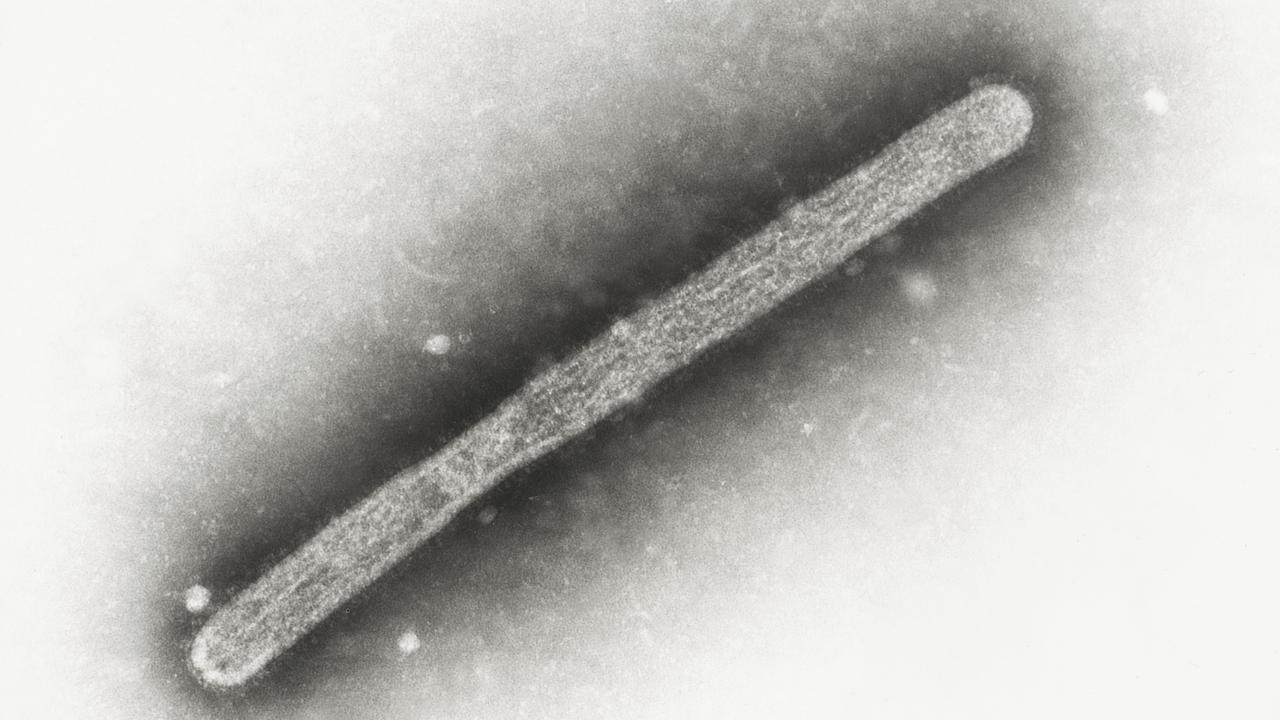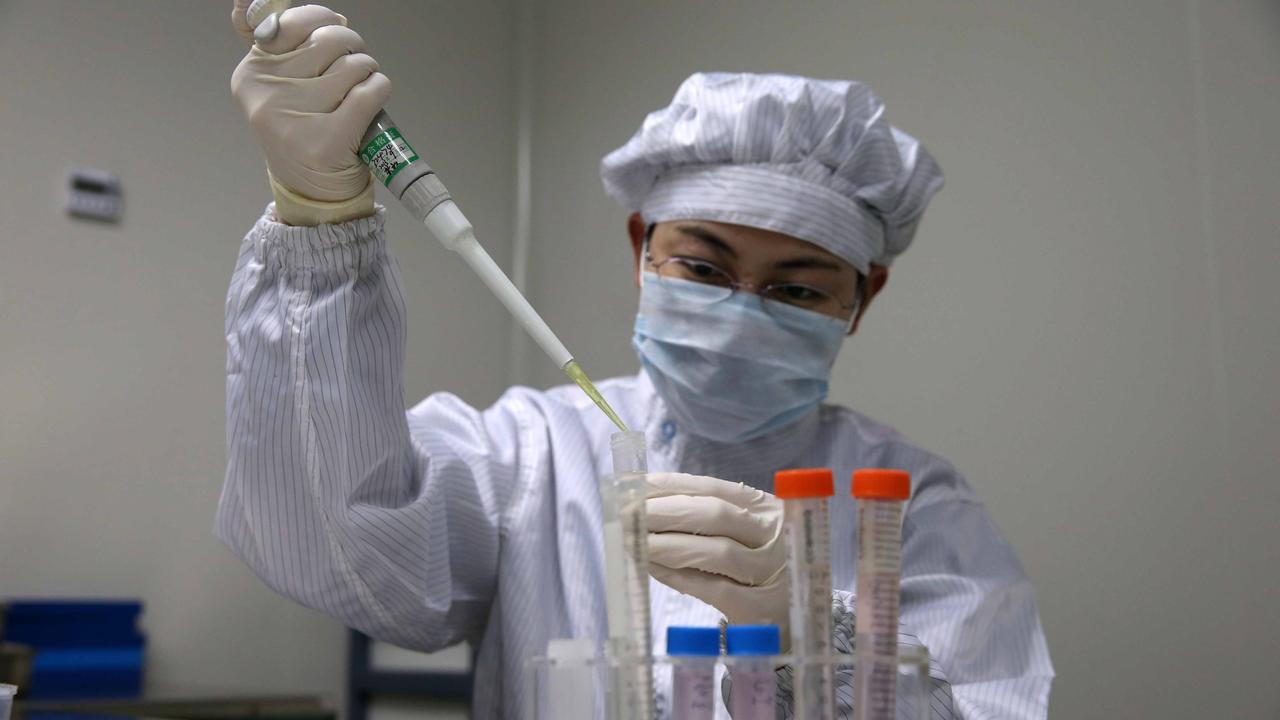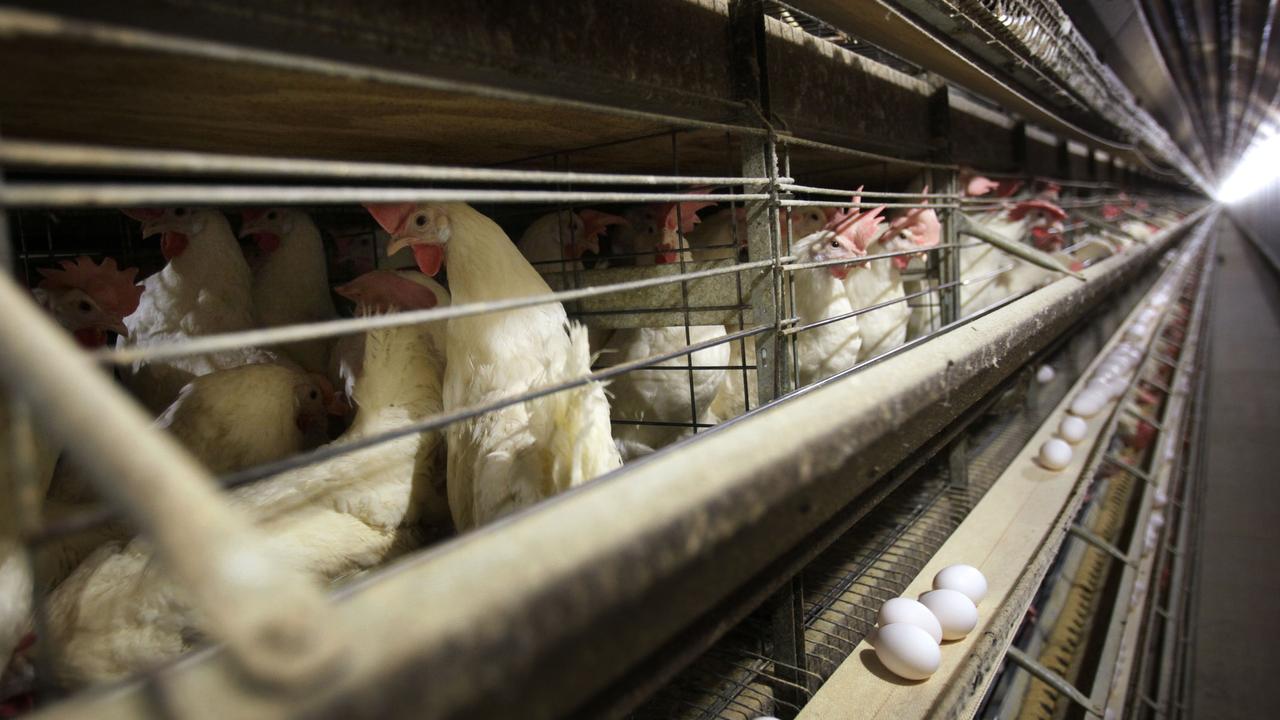WHAT WAS CLAIMED
PCR tests have no diagnostic capability and therefore bird flu is a fraud.
OUR VERDICT
False: PCR tests are highly accurate at detecting infectious diseases and the H5N1 virus has been confirmed in humans and animals.
AAP FACTCHECK - PCR tests have "no diagnostic capability" and they can be used "to find anything," a video being shared on social media claims.
This means the US bird flu outbreak is a fraud, the video originating from conspiracy network InfoWars claims.
This is false. Experts told AAP FactCheck PCR tests are the most widely used and reliable way of detecting infectious diseases.
They have been used to detect cases of bird flu across the US. Bird flu has also been confirmed through genetic sequencing from samples taken from animals and humans.
The false claim was made in a Facebook video that includes a clip from The Alex Jones Show.
Host Alex Jones has made multiple false claims which have been debunked by fact-checking institutions including AFP Fact Check, Logically Facts, News Week, PolitiFact and Science Feedback.
In the clip, Mr Jones talks with Mike Adams, who founded a website called Natural News.

AAP FactCheck has previously debunked claims published by Natural News about the efficacy of masks and the World Economic Forum.
In the video, Mr Adams says the "whole bird flu scare is a total fraud" and claims PCR tests can be used to falsely detect "anything".
"When they say that they run PCR tests and they've found bird flu in cows or chickens or humans or anything, it's a complete fraud," Mr Adams says. "There is no diagnostic capability of PCR. You just turn up the replications on it... They can find any protein sequence they want to find. It's a complete fraud."
He goes on to claim bird flu is being used to "shut down the food supply" in order to "scare people into the next round of COVID jabs".
Bird flu, also called avian influenza, primarily affects poultry and wild birds, although it has infected some mammal species. This year, outbreaks in poultry farms and dairy cattle have resulted in large-scale culls, including in Australia and the United States.
There is also ongoing concern that some particularly harmful strains could mutate to spread rapidly among humans. Five bird flu subtypes have infected humans, according to the US Centers for Disease Control and Prevention (CDC), with particular concern relating to a highly pathogenic form, H5N1.

The World Health Organization (WHO) recorded 903 cases of humans being infected with the H5N1 virus between 2003 and August 20, 2024, which resulted in 464 deaths.
Twelve people have been infected by the H5N1 virus in the US in 2024, according to the CDC. In May, the WHO reported Australia's first human case of the H5N1 virus in a two-year-old who had recently travelled from India.
While the CDC has said transmission among humans is rare, PCR tests are used for detection and surveillance of the disease, both in humans and animals.
In addition, the CDC has also conducted genomic sequencing of the virus found in samples taken from cows, poultry and humans. The CDC has said this is to see whether mutations in the virus may make it more easily spread among humans, and whether the strains infecting humans and animals are the same.
It also provides additional validation that those who receive a positive PCR test are infected with the H5N1 virus and the results aren't merely false-positives.
The genomic sequencing has also confirmed that mutations in the virus haven't impacted on the ability of PCR tests to detect it.

Anglia Ruskin University molecular medicine professor Stephen Bustin has published extensively on PCR testing. He told AAP FactCheck PCR tests are "the most reliable, sensitive, and widespread method for diagnostic testing".
He said PCR (Polymerase Chain Reaction) tests work by targeting specific sections of a virus's genome that are unique to that virus, i.e not found in other related strains or viruses. These target sections are identified by sequencing a virus's entire genome, which maps out its genetic code.
"These genetic markers allow scientists to differentiate between strains of bird flu, such as H5N1 or H7N9, and other influenza viruses," Prof Bustin said. "This specificity enables PCR to selectively amplify and detect the avian virus, even when other flu strains are present in the sample."
If this unique genetic material is present in a sample, the PCR test amplifies it by using a reaction that creates copies of it. Each time this reaction occurs it is called a "cycle" and the number of copies increases exponentially each cycle. It means even a minute quantity of a target virus in a sample can be amplified to produce millions or billions of copies, enabling it to be detected.
"Because of the flexibility of PCR technology, these custom assays can be developed and validated rapidly," Prof Bustin said. "This capability is crucial for real-time surveillance and diagnostic testing during outbreaks, particularly when human-to-human transmission of a virus becomes a concern."

In most PCR tests, about 40 cycles are performed, Prof Bustin said. If the genetic material of the target virus is not present, no amplification should occur, and the test result will be negative.
"A well-designed assay will not produce any signal in the absence of the target sequence."
However, after around 35 to 40 cycles, it is possible for copies to be erroneously produced, resulting in a false-positive result. He said if copies only appear after a high number of cycles then they should be treated with caution and the test should be repeated. Additionally, all PCR tests include positive and negative controls to help identify any false positives.
Prof Bustin said the claim that PCR tests can be used to find any protein sequence also "demonstrates a fundamental misunderstanding," as PCR tests are designed to detect nucleic acids, not proteins.
University of Queensland adjunct associate virology professor Ian Mackay told AAP FactCheck Mr Adams' comments "indicate he has no practical experience with PCR, or may not understand what PCR is or how it works".
He said it is wrong that you can detect anything if you "turn up the replications".
"That is misinformation," Prof Mackay said. "A well-made PCR will only detect the target it was designed for, e.g. influenza A\H5N1 (the 'bird flu' mentioned here), if it is present in the correctly-collected and processed sample."
He said the false positive rate of PCR is generally less than one per cent and could occur if a sample was contaminated, either when it was collected or while copies were being generated in the lab.
The Verdict
AAP FactCheck is an accredited member of the International Fact-Checking Network. To keep up with our latest fact checks, follow us on Facebook, Twitter and Instagram.












